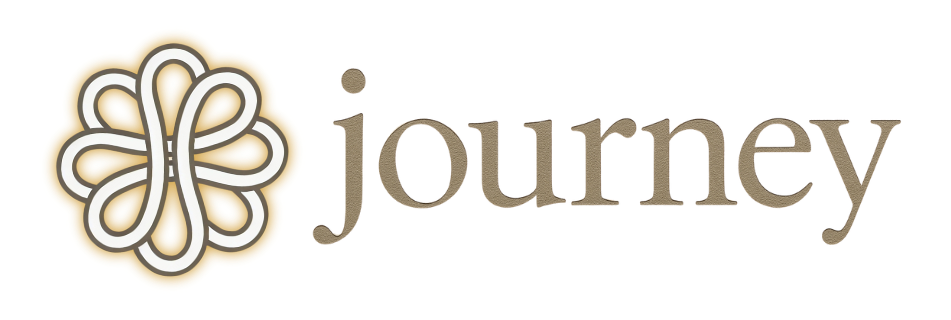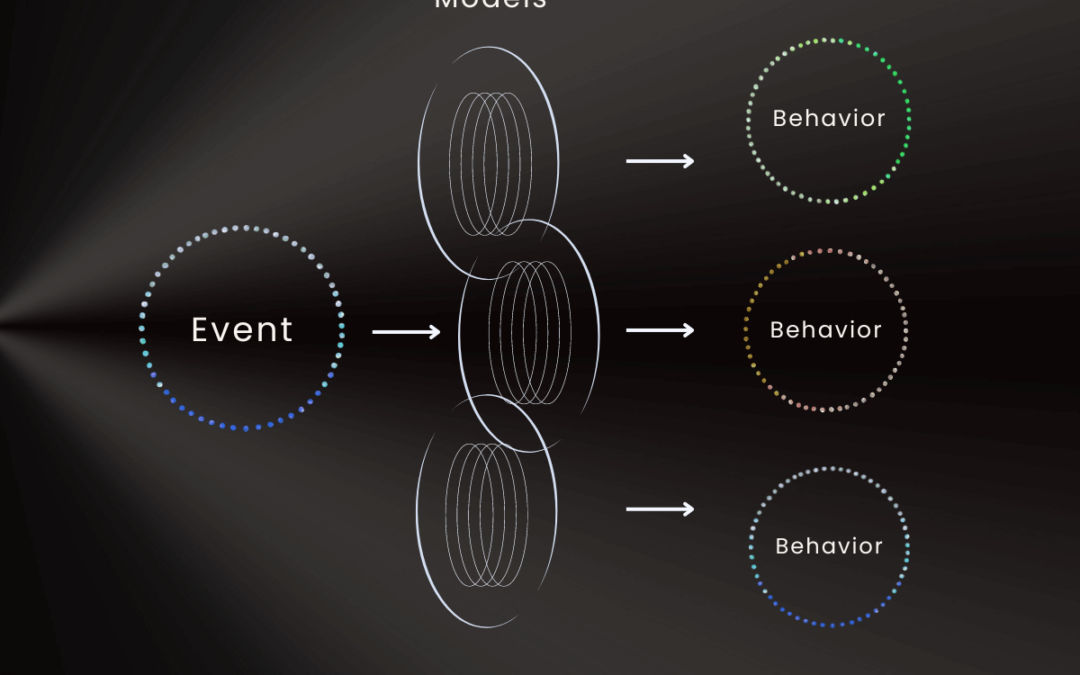Read time: 4 minutes
Key Points
- Make information relevant. Connect it to existing knowledge and increase the stakes to engage your brain.
- Start with the big picture. Scan key ideas out of order and map connections before linear learning.
- Teach others. Sharing what you know builds mental models and mastery.
“Reading is to the mind what exercise is to the body.” – Joseph Addison
We all want to learn faster and achieve mastery more quickly in our careers, hobbies, and interests. But often, the default way our brains work can get in the way of efficient and effective learning.
In this post, we’ll share research-supported techniques based on cognitive science that can help you optimize your brain’s natural learning capabilities.
Create Relevance in Your Brain
Our brains are wired to focus on information perceived as relevant and discard the rest. So the first step is to intentionally make new information relevant from your brain’s perspective. Here are some ways to do that:
- Before reading a new book, define exactly why you need to learn the concepts. Tell yourself what goals this will help you achieve or how it will improve your skills. This primes your brain to find it important.
- Increase the stakes associated with learning it well. Imagine how deeply mastering this topic will impact your life, career, or relationships in a positive way.
- Intentionally connect new concepts to existing knowledge you already have stored. As you’re learning, look for links and relationships to things you’re already familiar with.
Start with the Big Picture
Normally we learn concepts in a linear order as they’re presented to us. But this can make it hard to make connections. Instead, try:
- First, briefly scan all the key terms, main ideas, headings, and diagrams without reading anything in-depth.
- Re-order them randomly instead of following the provided structure. Break out of the linear mold.
- Try to map relationships between terms and concepts using only your prior knowledge before actually reading.
This activates “integrative learning”, allowing you to more quickly assimilate new information into an interconnected schema in your brain.
Use Effective Reading Techniques
Tailor your reading approach based on your goals:
- Skim broadly to get a feel for a book. Read sparingly on unfamiliar topics.
- Do a thorough read to deeply understand.
- Take detailed notes.
- Re-read the very best books. This builds fluency and reveals nuances.
- Write summaries. Explaining in your own words strengthens comprehension.
Take Smart Notes
Reading is a tool for acquiring wisdom, but it’s not just about the act of reading—it’s about selecting the right material and knowing how to extract meaningful insights from it.
To optimize your reading experience, remember that not all books deserve your complete attention; some are worth skimming, while others require a deep dive. Feel empowered to quit books that don’t resonate, as spending time on them comes at the expense of something more valuable.
Employ effective note-taking strategies, like the ‘blank sheet method,’ to prime your brain for learning and to track your understanding of the subject. The ultimate goal is not just to read more but to understand and apply what you’ve learned. So, don’t just accumulate knowledge; make it actionable.
The “Blank Sheet Method” is a powerful note-taking strategy designed to enhance comprehension and retention when you’re reading. Before you start with a new book or topic, you take a blank sheet of paper and jot down what you already know about the subject. This can be in the form of bullet points, a mind map, or any other organizational structure that works for you. The idea is to prime your brain for the new information it’s about to absorb.
Try these methods:
- Create a “blank sheet” to map existing knowledge and new insights. Review periodically.
- Write chapter summaries and questions in the margins while reading.
- Distill key ideas in your own words when done. This reveals gaps in understanding.
Teach Others
Explaining what you know engages cognitive processes that strengthen memory and mastery.
- Get learners to map their own mental model first.
- Ask probing questions about relationships and gaps.
- Have them navigate uncertainty to build knowledge structures.
The techniques here leverage our brain’s natural learning capabilities for quicker mastery.
Inquiries to Self-Assess
- Do I prefer learning by reading, listening, watching videos, or hands-on practice? What has been most effective for me?
- When starting to learn something new, do I benefit more from seeing the big picture first or diving into the details?
- Do I remember information better if I write it down and summarize key ideas, or through repetition and practice?
- Am I more motivated by interactive learning with feedback or self-directed learning at my own pace?
- Do I gravitate towards learning structured content (textbooks, courses) or unstructured/exploratory (blogs, podcasts)?
- Do I learn best independently or when collaborating and discussing with others?
- What form of taking notes (bullet points, mind maps, diagrams, etc.) has helped me recall and apply information the most?
- How much do I rely on external frameworks versus constructing my own mental models when learning?
- Do I have an easier time mastering concrete skills or abstract ideas and concepts?
- How does my memory and comprehension change when I explain new information versus only passively consuming it?
- Reflecting on these types of questions can reveal personal learning preferences based on experience. The key is identifying patterns in what has worked best for you in the past.
Take the time to ask yourself the questions above and you’ll do a much better job of honing in on how to integrate this information in your daily life.

